Foraging in Forest Park - July 04, 2001
Foraging in Forest Park, Queens. Based on a tour given by "Wildman" Steve Brill.
1: Burdock.

2: Burdock root.
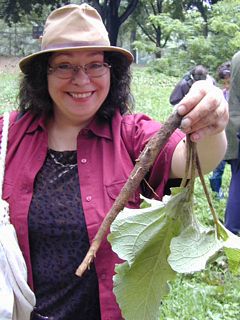
3: Wood sorrel.
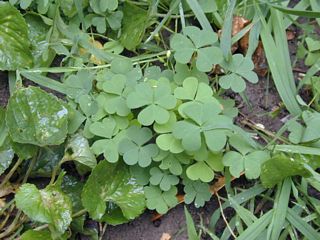
4: Common nightshade - Poisonous.
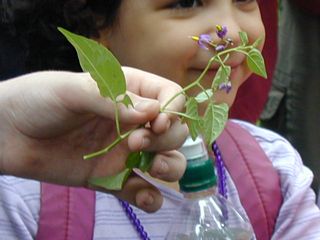
5: Plantain.

6: Wineberry. A couple weeks too early.

7: Garlic mustard seeds.

8: Garlic mustard seeds.

9: Poison ivy.
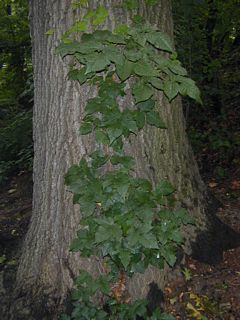
10: Wineberry.

11: Burdock, 2nd year.
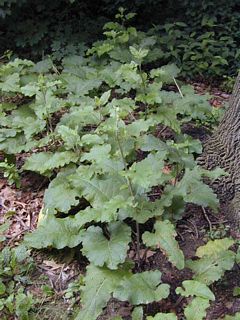
12: Berkeley's polypore mushroom. Too old to eat. Now tough and bitter.
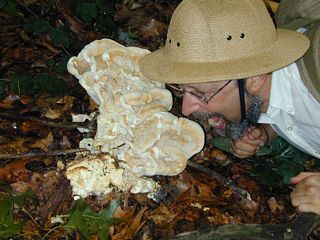
13: Berkeley's polypore mushroom. Too old to eat. Now tough and bitter.
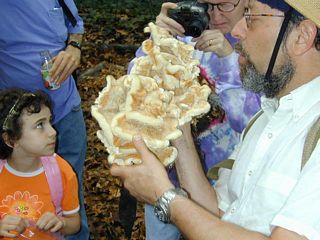
14: Most likely a winter polypore, Polyporus brumalis, a non-edible species.
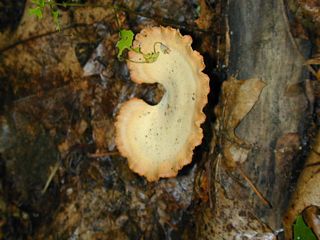
15: Turkey tail mushroom. Not edible.
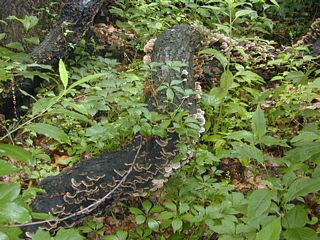
16: Common spice bush. Berries not ready until Fall. Can crush leaves and make tea.
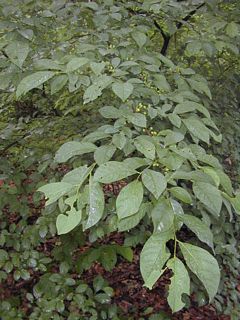
17: Common spice bush. Berry closeup.
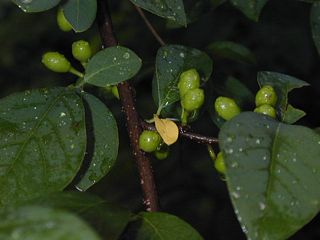
18: Jewelweed patch.
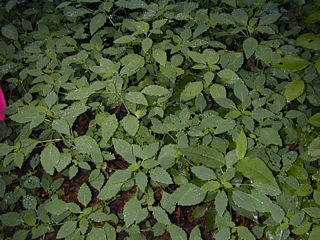
19: Jewelweed close up. See the jewels sparkle?

20: Red cracked bolete.
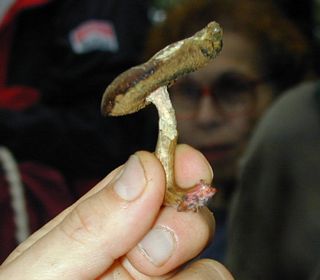
21: Two color cracked bolete. Choice.
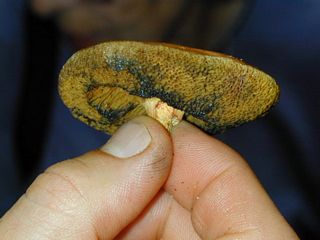
22: Another bolete. Turning blue quickly. No good to eat.

23: Two color bolete. Turns blue slowly.
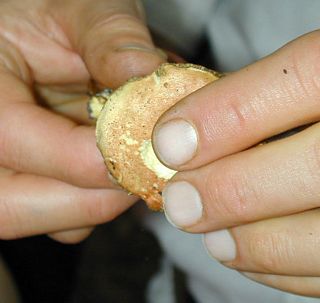
24: Two color bolete. Turns blue slowly.
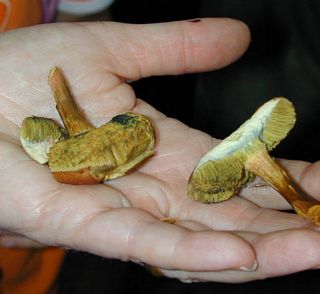
25: Earth ball mushroom. Will be black insider. Poisonous. (Push ball are white inside.)
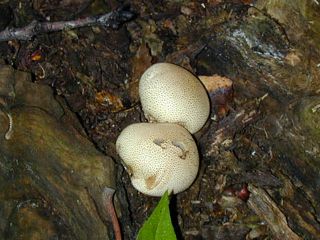
26: Plater file mushroom. Terrible tasting.
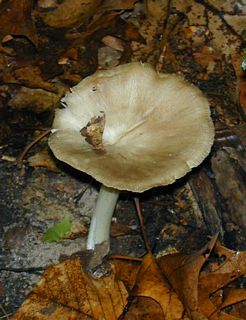
27: Indian pipe. Not edible. No chlorophyl. So is white. Is parasitic.
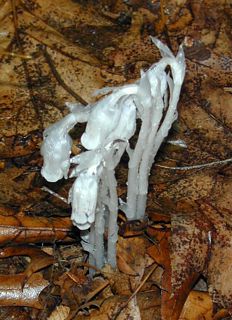
28: Milky mushroom. One of the best mushrooms, says Wildman.
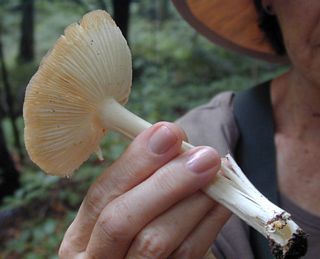
29: Milky mushroom.
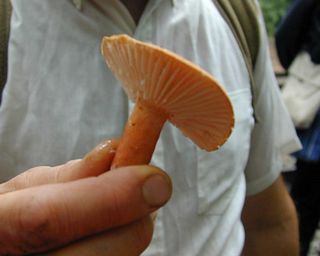
30: Milky mushroom.
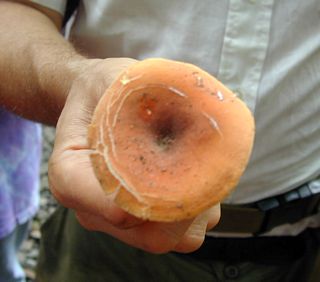
31: Fawn mushroom. Awful tasting.
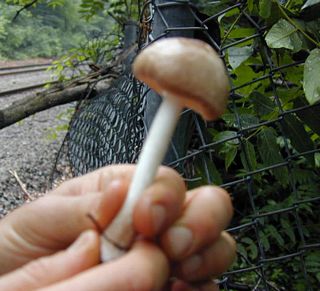
32: Russula mushroom.
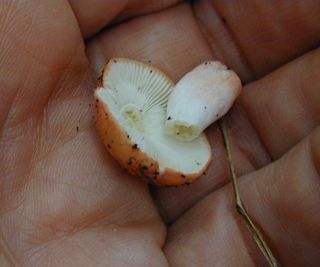
33: Chanterelle.
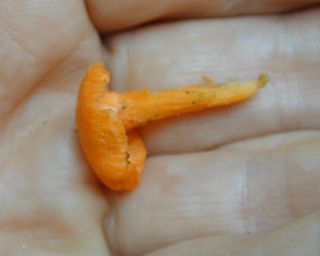
34: Artist's conk mushroom. Too tough to eat. Can stratch on it and draw.
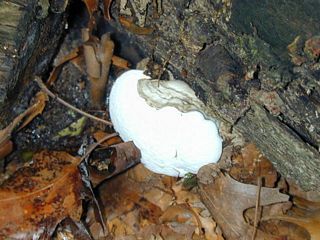
35: Small garlic mustard.

36: Black birch. Chew on twigs. Like wintergreen.
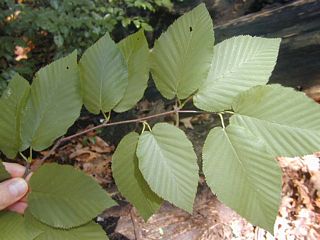
37: Black birch. Chew on twigs. Like wintergreen.
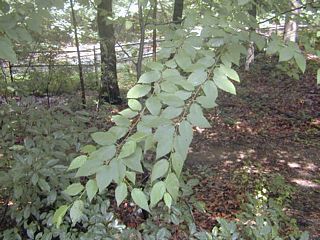
38: Grape leaves.

39: Black raspberry. Stem has bluish powder on it.
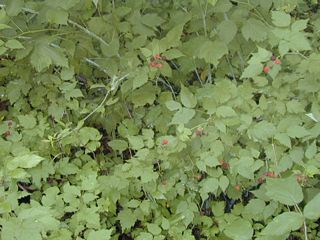
40: Black raspberry closeup.

41: Chicken mushroom.

42: Sassafras tree trunk.

43: Sassafras leaves.

44: Berkeley's polypore.

45: Blushers, amanetas. Don't eat, as it is too close to a deadly one.
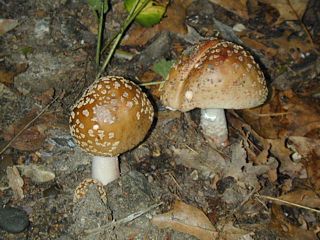
46: Red cracked bolete.
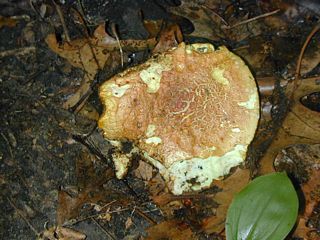
47: Two colored bolete. Choice.
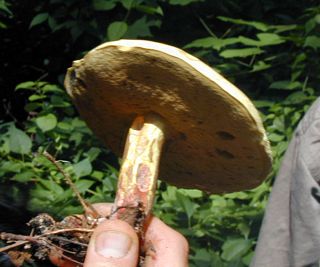
48: Russula. Tasteless.
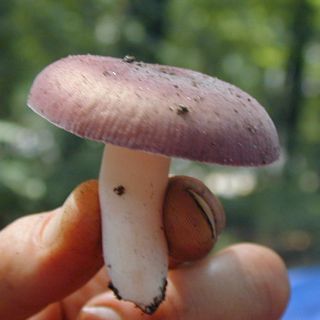
49: Amanita. White variation of cleft foot. Turns brown. Very poisonous.
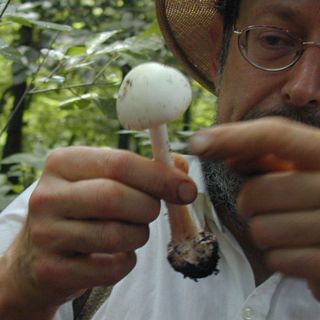
50: Chestnut bolete. Doesn't turn color. Can eat.
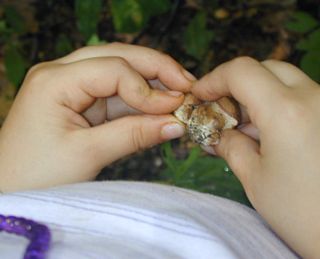
51: Green quilted russula. Good to eat.

52: Bitter boletes.
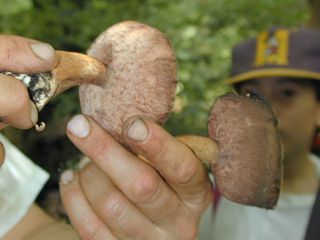
53: Red mouthed bolete. Makes you sick.
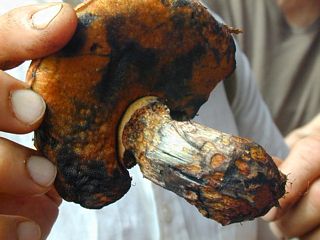
54: Pokeweed. Edible in Spring if prepared properly.

55: Chicken mushrooms.
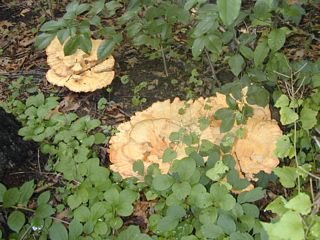
56: Chicken mushrooms.
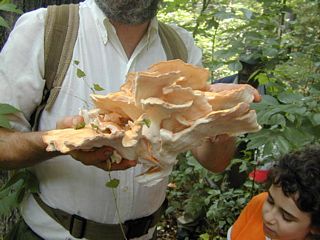
57: Chicken mushrooms.

58: Immature black walnut.

59: Mulberry.
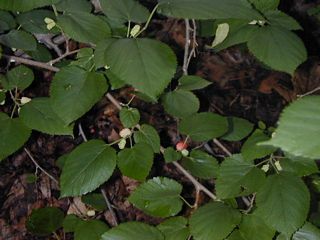
60: Mulberry. Closeup.

61: Sweet cicely. A little late in the year with ..?
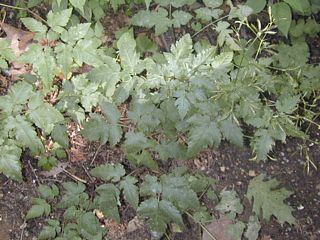
62: Sweet cicely. A closeup.

© Don Wiss 2001-2024. All rights reserved.

